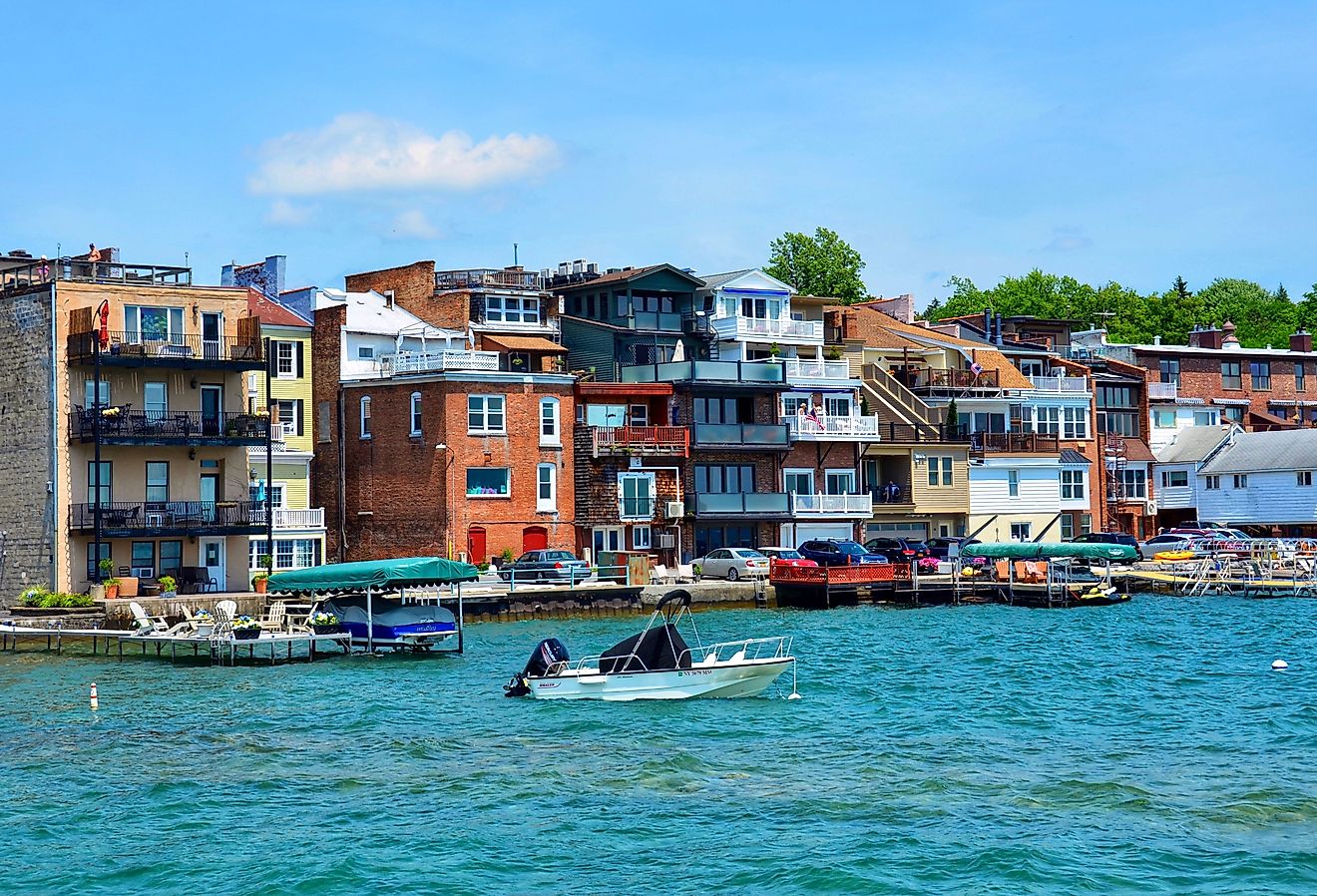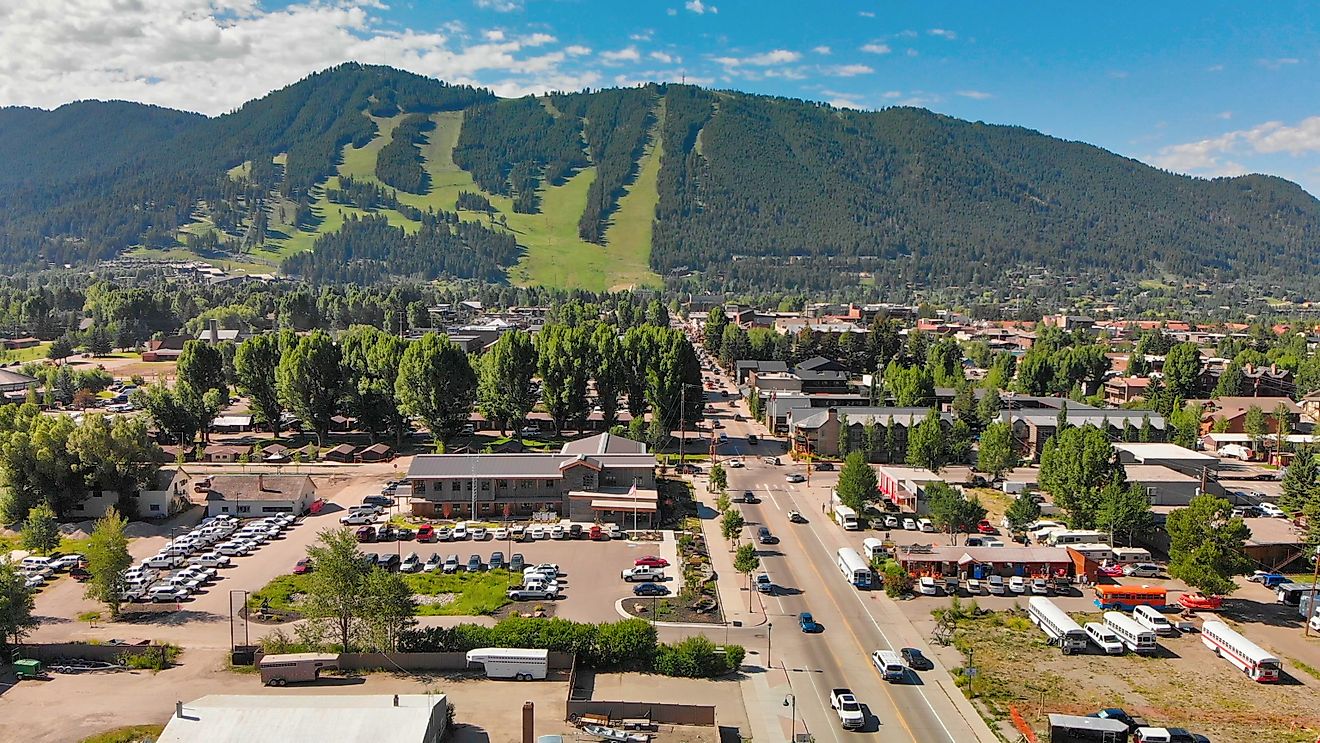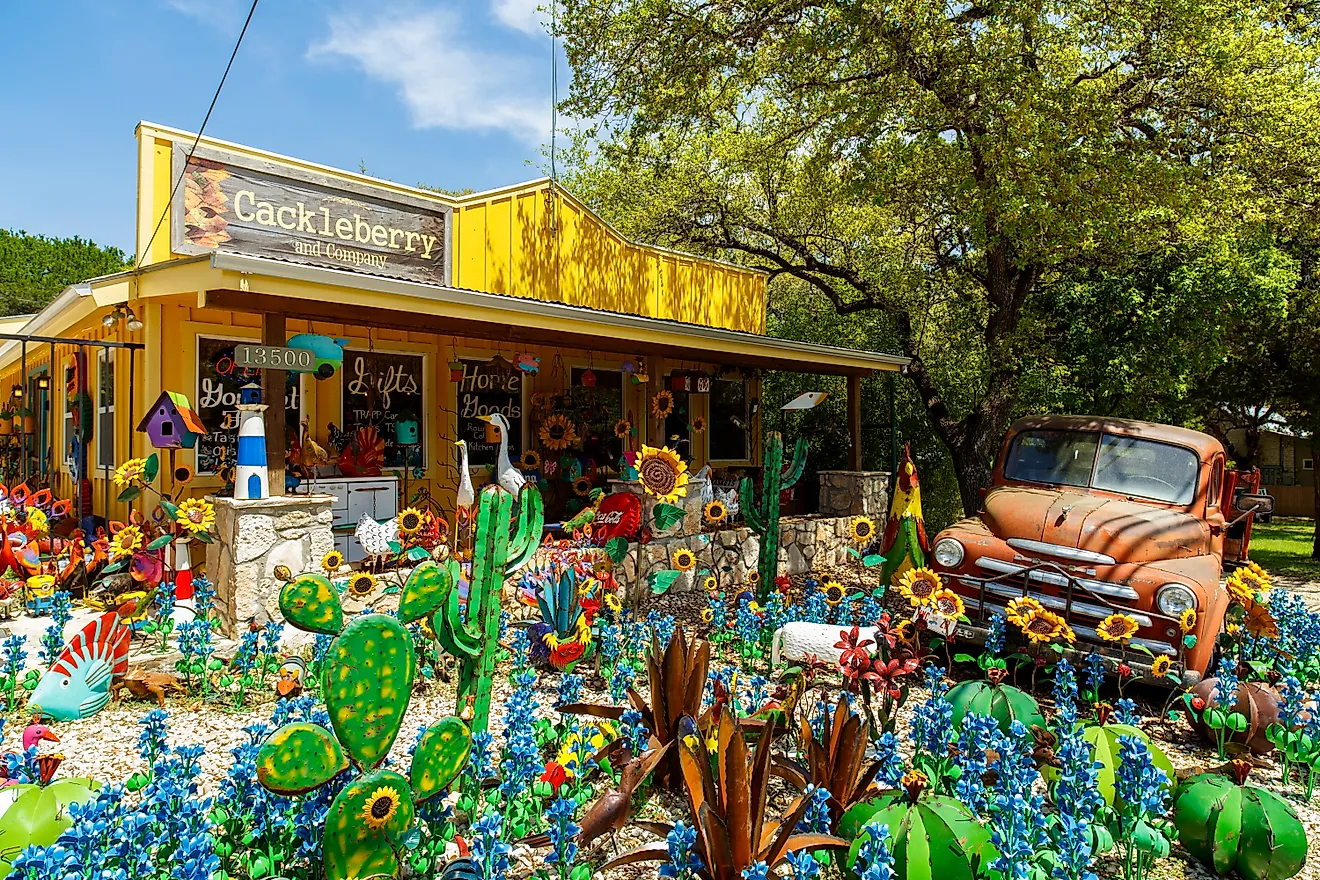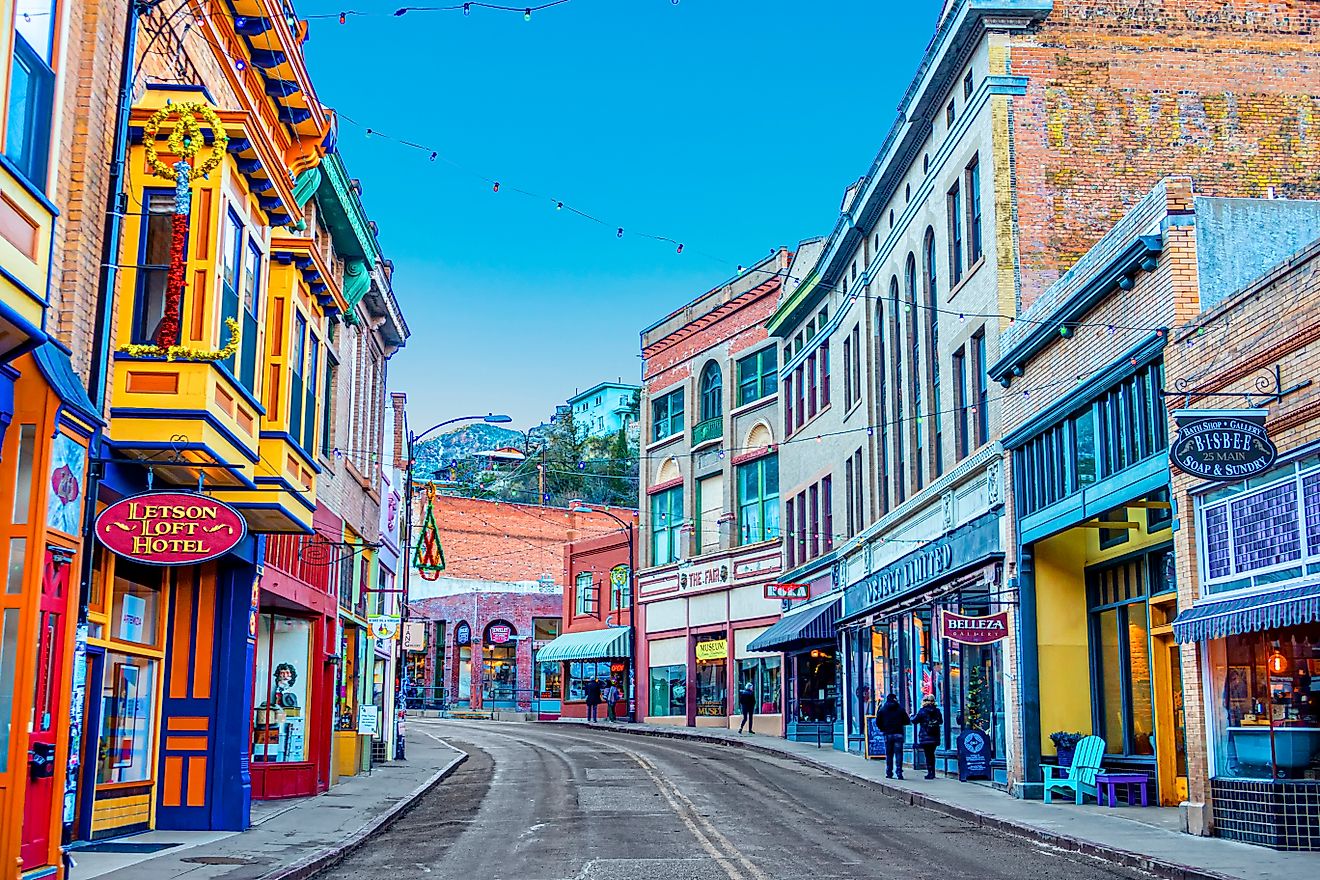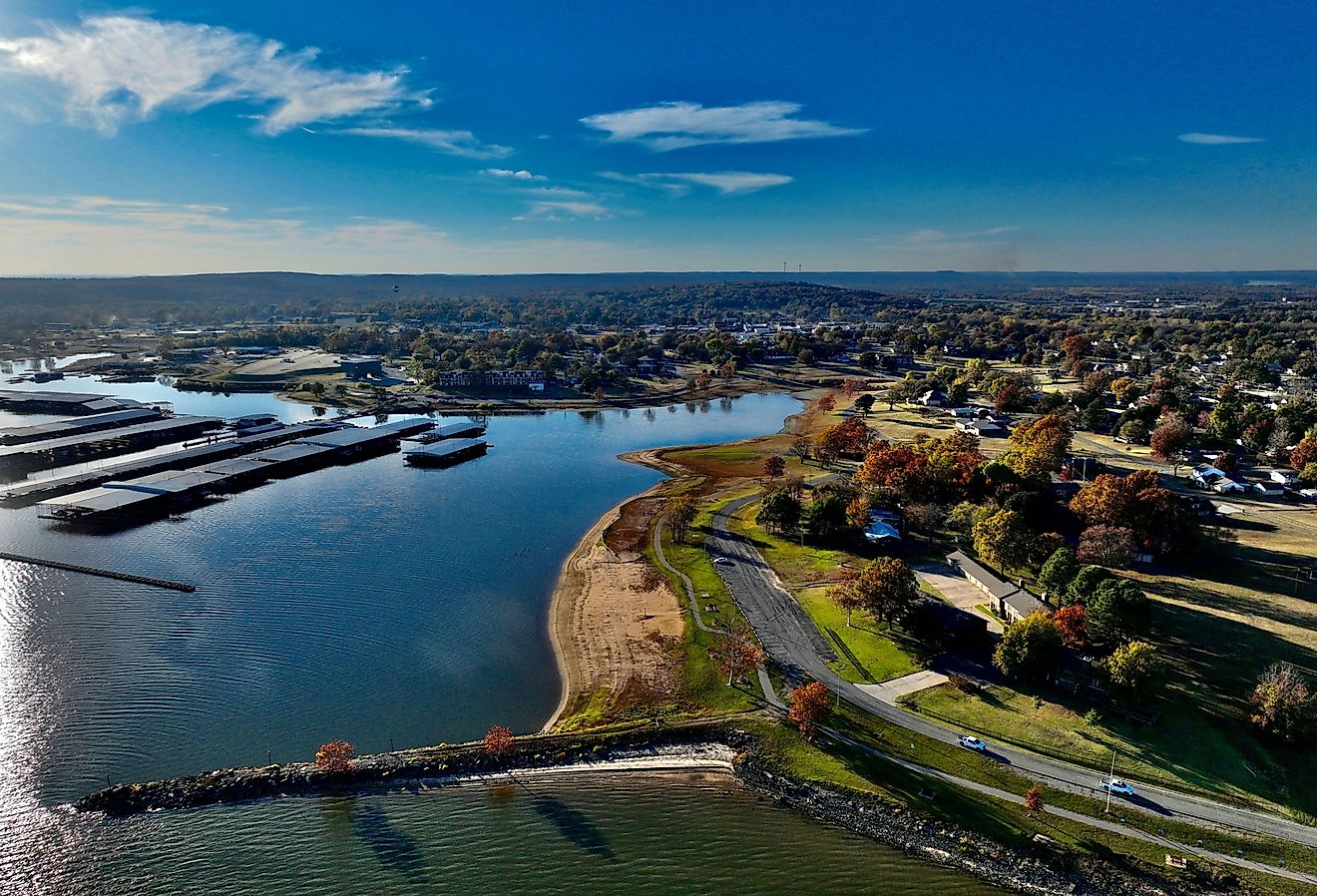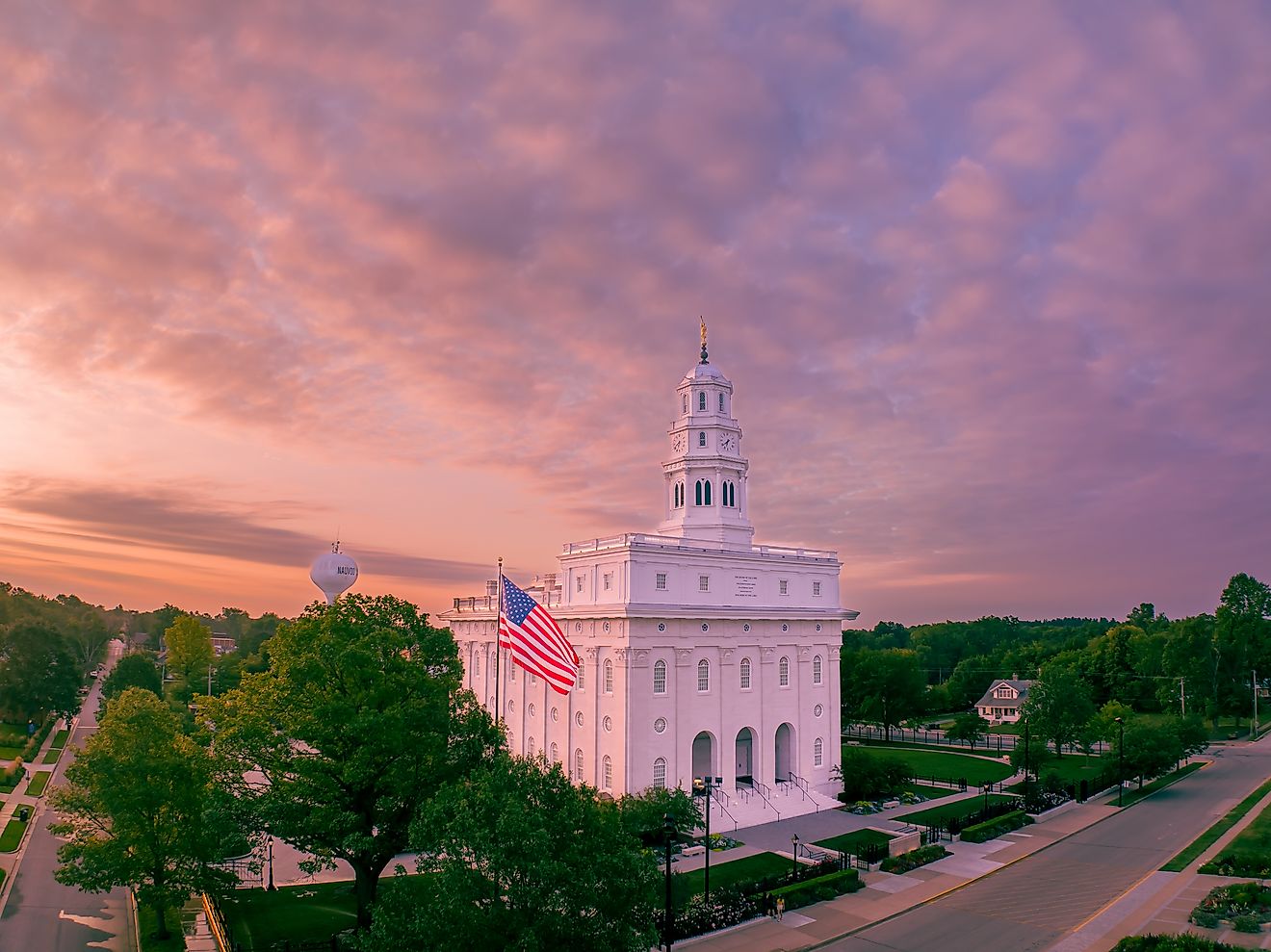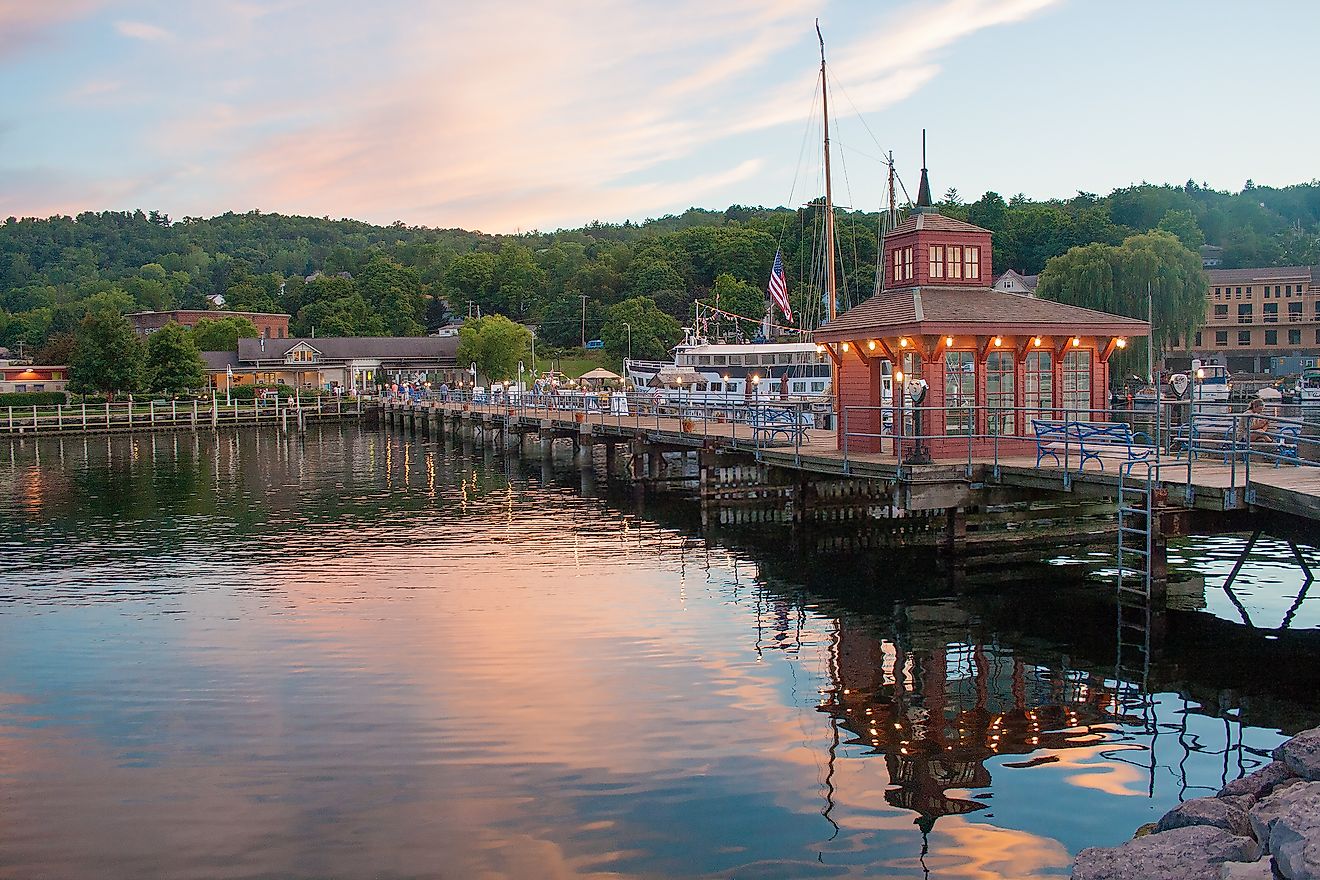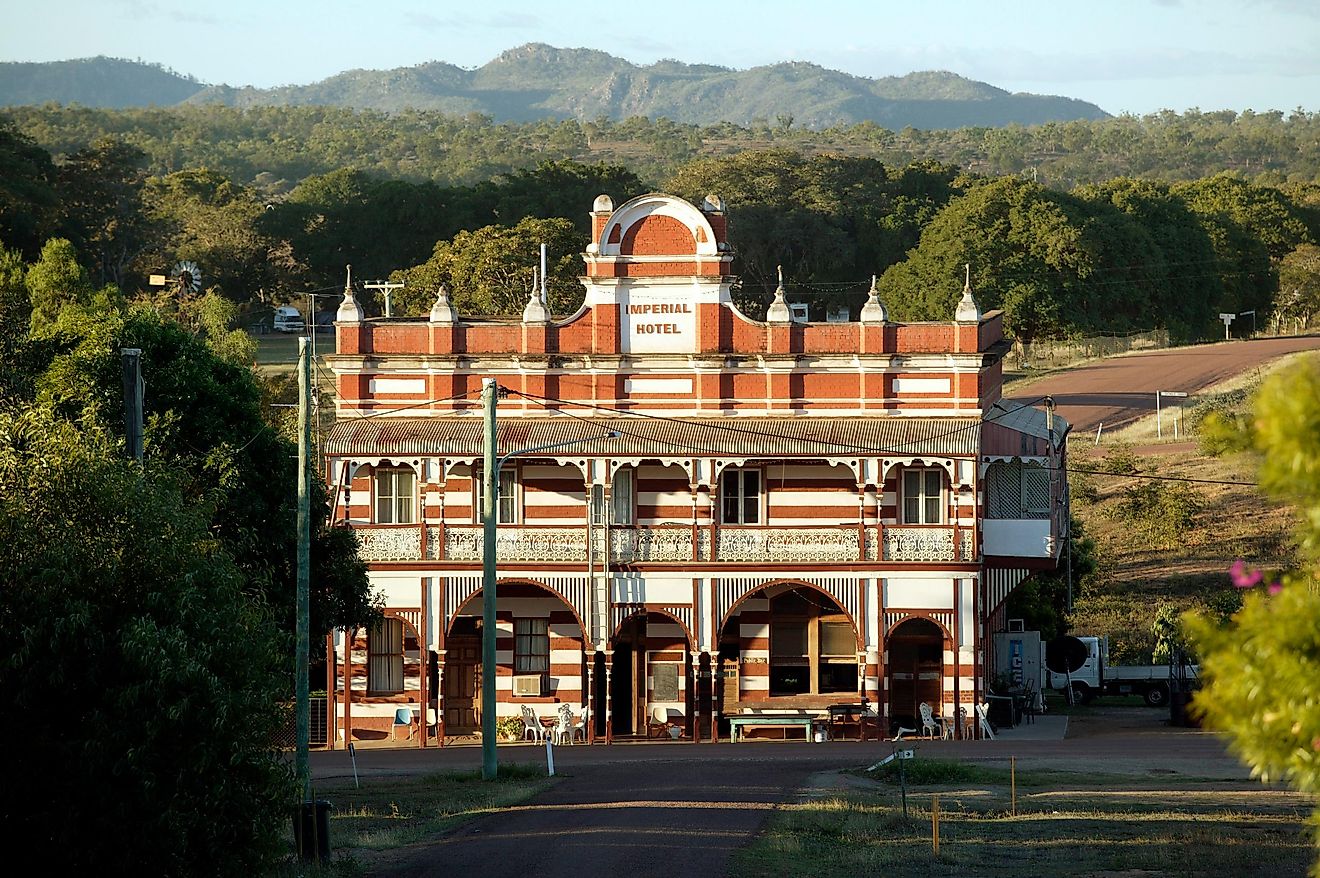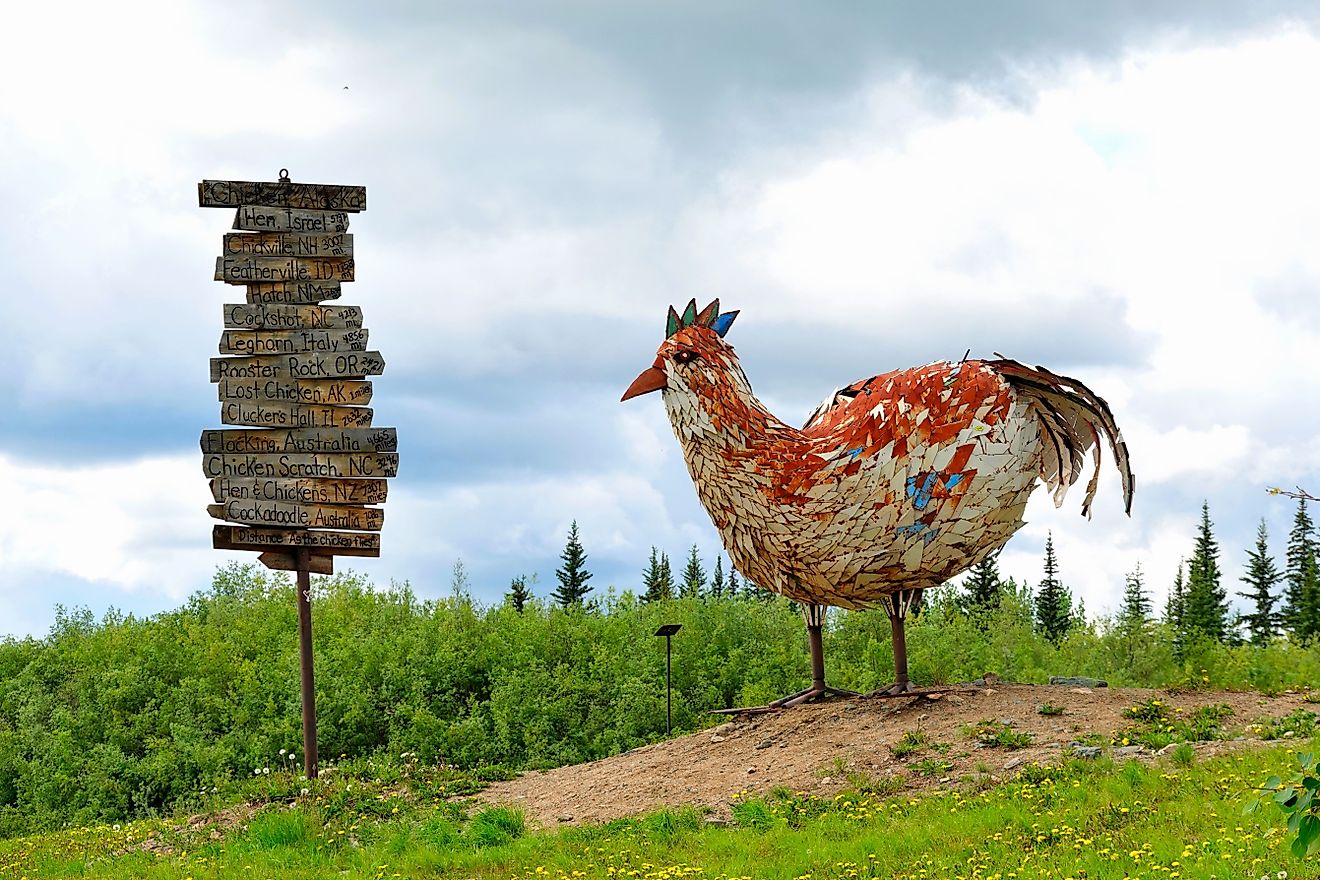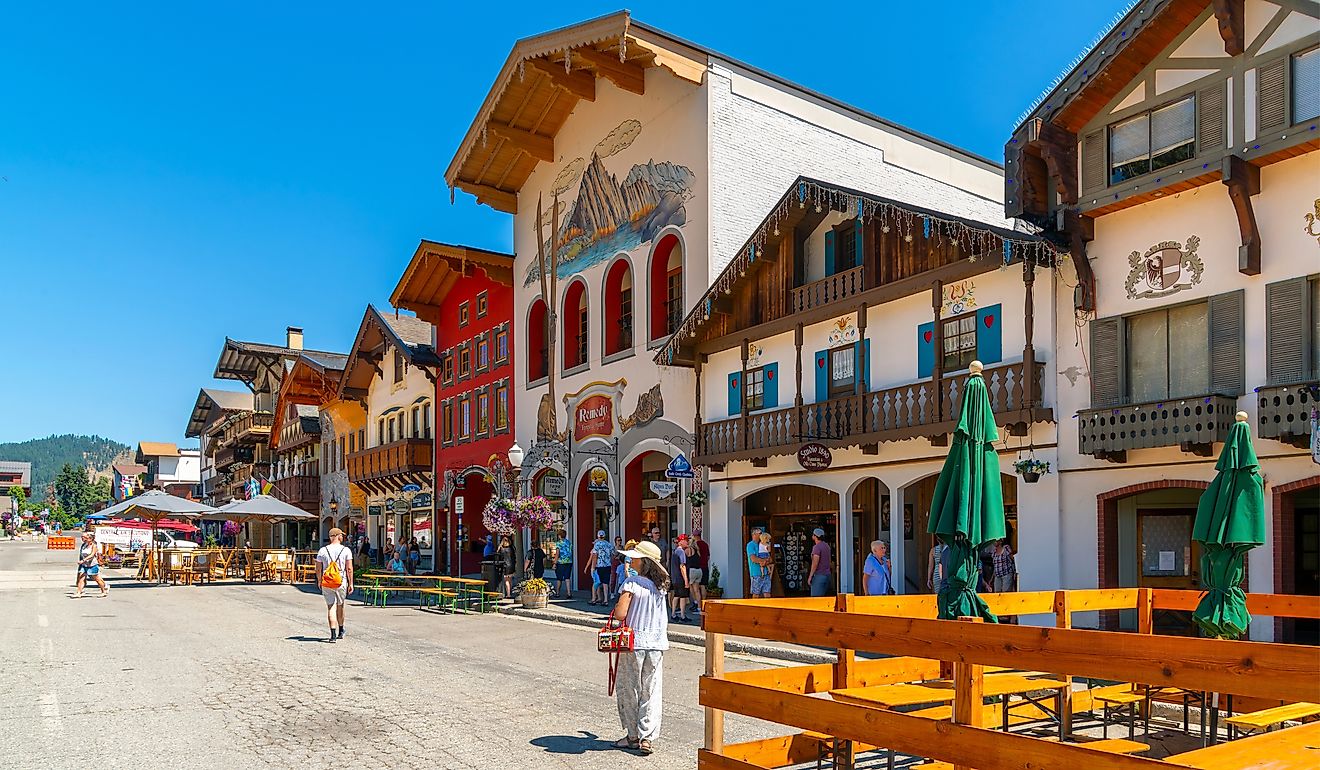
11 of the Most Welcoming Towns in Kansas
Whenever one plans a visit to the “Sunflower State,” they mostly consider touring its big cities like Topeka, Wichita, Kansas City, Overland Park, etc. But Kansas, the 15th-largest and the 36th most-populous Midwestern US State is peppered with innumerable charming small towns, considered some of America’s top tourist destinations. These teeny communities captivate hundreds of travelers with stunning sceneries, enthralling Wild West histories, colorful local festivals, and warm Midwestern hospitality. Each of these gorgeous towns listed in this article is worth exploring on your next vacation to the Sunflower State.
Abilene

Dickinson County’s seat, Abilene is an Old West-style town in North Central Kansas, along the northern side of the Smoky Hill River in the Great Plains’ Flint Hills region. Initially established as a stagecoach stop by Timothy & Elizabeth Hersey and named Mud Creek in 1858, the town was renamed Abilene (“city of the plains”) in reference to a Biblical verse. Steeped with a rich cowboy past, Abilene is best known for being the boyhood home of US President Dwight David Eisenhower. Tourists can learn more about the nation’s 34th President by visiting the Dwight D. Eisenhower Presidential Library, Museum & Boyhood Home. The A.B. Seelye House & Museum, Greyhound Hall of Fame, Heritage Center of Dickinson County, American Indian Art Center, World’s Largest Belt Buckle, Great Plains Theatre, Legacy Kansas Munson’s Prime & Brookville Hotel, Abilene & Smoky Valley Railroad, and Old Abilene Town are Abilene’s other notable points of interest.
Cottonwood Falls
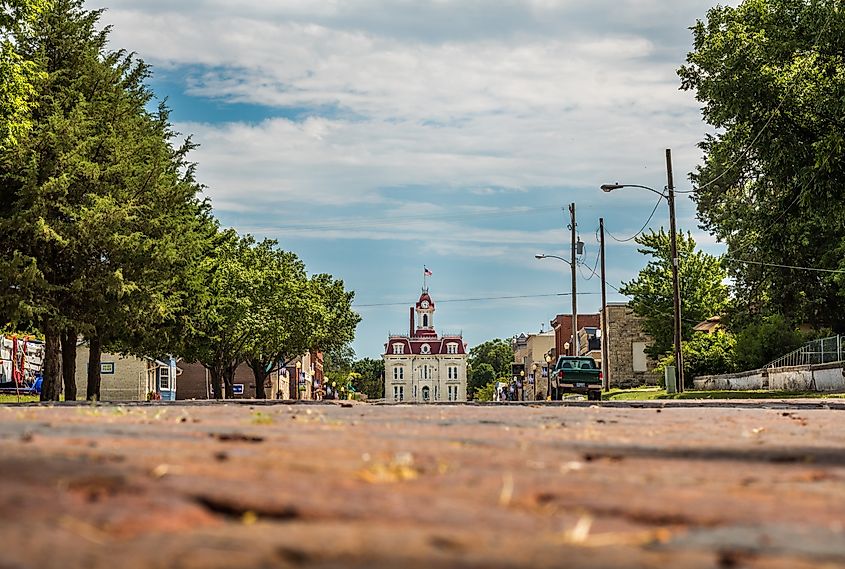
The administrative center of Chase County, Cottonwood Falls occupies the heart of the Flint Hills region along the Cottonwood River’s southern banks to the south of Strong City. Cottonwood Falls’s most prominent attraction is the spectacular Chase County Courthouse built using local limestone in the French Second Empire architectural style, and is considered Kansas’s oldest continuously used courthouse. Take a stroll down the brick-lined streets of the downtown and browse the antique shops like Tallgrass Antiques, art galleries like the Flint Hills Gallery, and award-winning restaurants. Do spend some time at the Chase County Historical Society Museum & Library, Roniger Memorial Museum, and Cottonwood River Dam & Bridge, besides surveying the nearby Tallgrass Prairie National Preserve that offers visitors more than 40 miles of hiking trails to easily access the tallgrass prairies.
Dodge City

Dubbed, “Wicked Little City In The West,” Dodge City, the seat of government of Ford County, sits along the Arkansas River in the Great Plains’ High Plains region above the Ogallala Aquifer. In the initial years, Dodge City earned an ill reputation as a frontier town on the Santa Fe Trail, known for its lawlessness and gun fighting, besides housing saloons, brothels, and gambling halls. From the mid-1880s onwards, Dodge City began transforming from a violent western town to a more peaceful community. Scattered across the town are various fascinating sites like the Boot Hill Museum, the Santa Fe Trail Remains, Mueller-Schmidt House (“Home of Stone”), El Capitan, Santa Fe Depot, Dodge City Civic Center, United Wireless Arena, Dodge City Zoo, and the Kansas Teachers’ Hall of Fame. Capitalizing on its Old West heritage, the town welcomes visitors to tour the historic Old Dodge City downtown business district replete with shops, eateries, and other Western-themed attractions. Every year, Dodge City hosts the Dodge City Days, Cinco de Mayo, Fourth of July celebrations, Ford County Fair, 3i Show, and Christmas in Old Dodge City.
Lindsborg
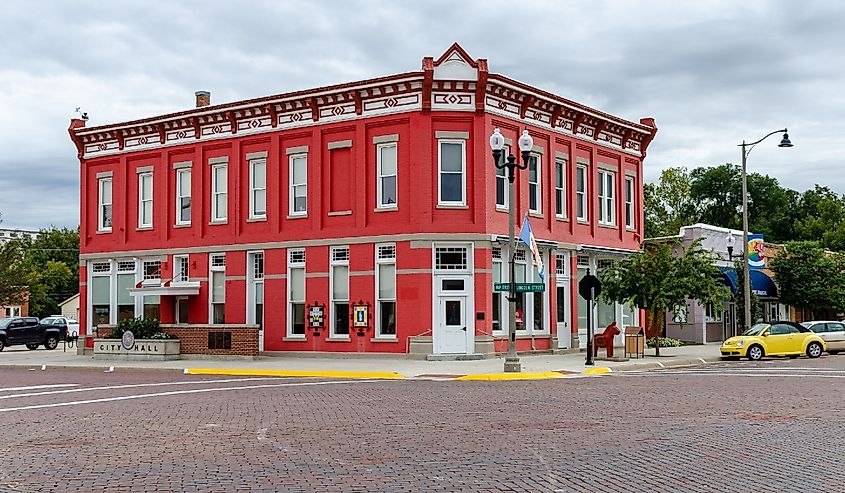
Often called “Little Sweden, USA,” this small community in McPherson County, situated about an hour north of Wichita, was originally settled by a group of immigrants from Sweden’s Värmland province in 1869. Known for its rich Scandinavian heritage and high-spirited cultural scene, travelers visiting Lindsborg can browse the various gift shops in downtown selling Swedish souvenirs, alongside dozens of colorful Wild Dala horse statues adorning the sidewalks. To know more about the town’s bygone days, a visit to Lindsborg Old Mill & Swedish Heritage Museum is a must. Tourists can also tour the Birger Sandzén Memorial Gallery on the Bethany College campus, the Small World Gallery, the International Chess Institute of the Midwest, the Broadway RFD Outdoor Theatre, Bethany Lutheran Church, the Red Barn Studio Museum, Clara Hatton Center, Valkommen Trail, and the neighboring Coronado Heights. Lindsborg hosts many events including the Chocolate Lovers Affair & Art Auction, Messiah Festival of the Arts, Millfest, Smoky Valley Classic Car Show, Coronado Heights Run, Waffle Day (Våffeldagen), Lindsborg City-Wide Garage Sale, Midsummer annual summer solstice festival, Lindsborg Street Dance, the Falun Classic Bike Ride, Christmas in Lindsborg, and the biennial Svensk Hyllningsfest.
Wamego
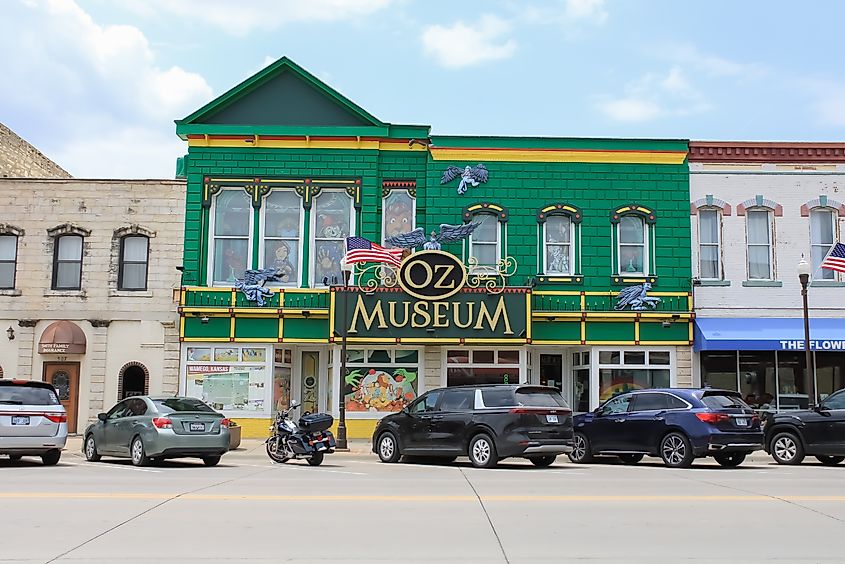
Wamego, a “Small Town with Big Experience,” named after the chief of the indigenous Potawatomi tribe, is located along the Kansas River at the junction of K-99 and U.S. Highway 24 in Pottawatomie County, about 42 miles west-northwest of Topeka and 14 miles east of Manhattan, Kansas. Home to 4,841 residents as per the latest US Census, visitors can explore the downtown district of this flourishing agricultural community, jam-packed with many growing businesses and novelty venues. The 12-acre Wamego City Park, Oz Museum, Oz Winery, Columbian Theatre, Boyhood home of Walter Percy Chrysler, Wamego Public Library, Wamego Historical Society Museum & Prairie Village, and Beecher Bible & Rifle Church are Wamego’s notable landmarks. Also, do take part in the town’s community events like the OZtoberFEST, Fourth of July celebrations, and the Tulip Festival.
Norton

The county seat of Norton County, this small town of 2,813 inhabitants on Kansas’s High Plains, is located along the Prairie Dog Creek’s northern side, approximately 11 miles from the state boundary with Nebraska. A significant portion of the town forms a part of the Norton Downtown Historic District which comprises a labyrinth of brick-paved streets, many beautifully restored buildings including the Norton County Courthouse, and uncountable gift shops, clothing stores, and family restaurants. Moreover, the variety of businesses along U.S. Highway 36 also provides a great shopping experience. Vacationers must visit the Prairie Dog State Park, Keith Sebelius Lake, Prairie Dog Golf Course, Norton Aquatic Center, Norton Theatre, and the Norton County Historical Museum. The various Norton County Arts Council events, the Great US Hwy 36 Treasure Hunt, Norton County Fair, the Veteran’s Day Parade, the Annual Car Show of the Norton Area Chamber, and the annual Busch Carp Derby draw a lot of festival-goers to Norton every year.
Colby

A progressive agricultural community with friendly locals, Colby, Thomas County’s administrative center is situated in the High Plains region of Northwest Kansas, along the southern side of Prairie Dog Creek, around 232 miles northwest of Wichita. Holidaymakers visiting Colby must check out the Prairie Museum of Art & History – home to the state’s largest barn the Cooper Barn, Thomas County Courthouse, Colby City Hall, Colby Visitor’s Center, Fike Park, Colby Event Center, Pioneer Memorial Library, Colby Aquatic Park, and the Villa High Park – with alluring walking trails and picnic places. When in town, do not miss the Pickin’ on the Plains Bluegrass Festival in July, Great Oasis Cookoff in April, and Visit Santa, and a meet with Mr. & Mrs. Claus in December.
Atchison

Christened Atchison, in honor of Missouri Senator David Rice Atchison, this pleasant town in Northeastern Kansas’s Atchison County is located along the western shores of the Missouri River, at the intersection of U.S. Route 59 and U.S. Route 73 highways, roughly 25 miles northwest of Leavenworth. Aside from its scenic riverside setting offering stunning vistas of the Missouri River bend, and Victorian-era buildings on the tree-lined brick streets, Atchison is acclaimed for being home to the Amelia Earhart Birthplace Museum, Atchison Santa Fe Depot Rail Museum, International Forest of Friendship, St. Benedict’s Abbey, Atchison County Historical Society Museum, Evah C. Cray Historical Home Museum, the Muchnic Art Gallery, and the haunted Sallie House.
Council Grove

Morris County’s seat of government, Council Grove is located in the east-central portion of the state, along the Neosho River, about 55 miles southwest of Topeka. The settlement was initially established as an Indian campground in a grove of oak trees, where a treaty was signed between a council of U.S. officials and the leaders of the Great and Little Osage Indian tribes for permitting free westward passage of wagon trains through the Osage Territory along the Santa Fe Trail. The Kaw Mission State Historic Site, Allegawaho Heritage Memorial Park, the 1857 Hays House, the Madonna of the Trail monument, Neosho Riverwalk, Hermit’s Cave, and Council Grove Aquatic Center are some of the town’s prominent attractions. The nearby Council Grove City Lake and the Council Grove Federal Reservoir offer many recreational activities for boaters, fishermen, and campers. Council Grove hosts the Washunga Days and Heritage Rendezvous celebrations every year.
Fort Scott
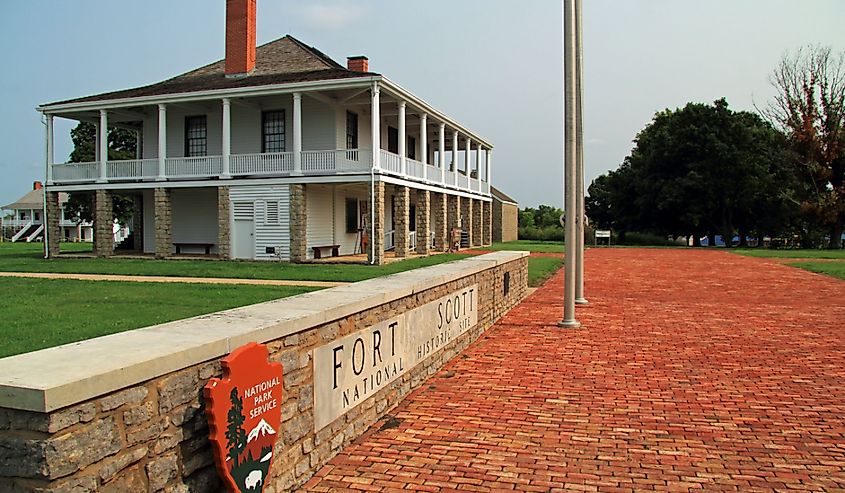
Named in honor of the American Military Commander Winfield Scott, Fort Scott, the seat of Bourbon County occupies the Osage Plains on the southern banks of the Marmaton River, around 88 miles south of Kansas City. Established in the 1840s as a US Army garrison, Fort Scott became a leading city of the frontier after the Civil War, and then gradually transformed into an agricultural and small industrial hub during the beginning of the 20th century. Apart from a few Victorian-era structures, art galleries, boutiques, and live entertainment venues in the downtown, the town houses the Fort Scott Historic Site, and the Fort Scott National Cemetery, which provides a glimpse into the town’s glorious past. Outdoor enthusiasts can enjoy various family-friendly activities like boating, fishing, camping, hiking, golfing, and biking at the 155-acre Gunn Park.
Lucas
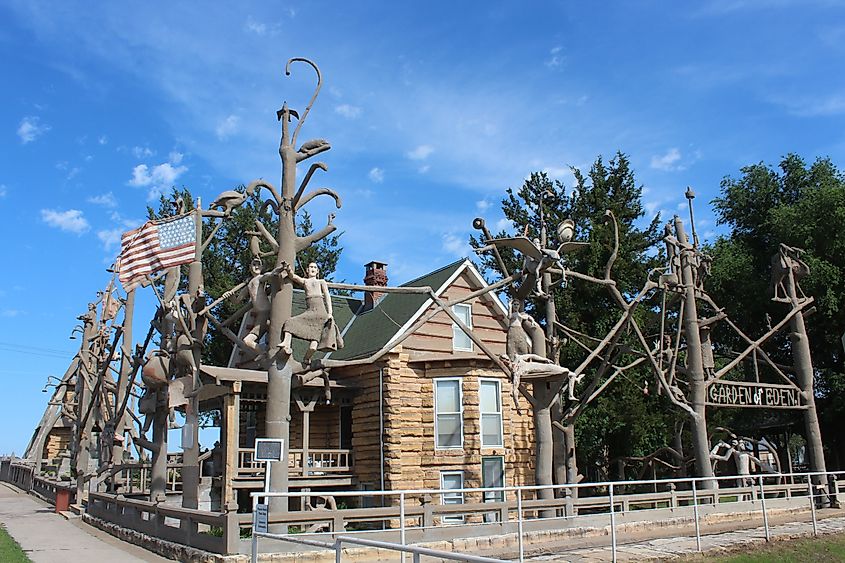
Designated the “Grassroots Art Capital of Kansas,” by Governor William Preston Graves, Lucas is located at the meeting point of K-18 and K-232 highways, in north-central Kansas’s Russell County, about 115 miles northwest of Wichita. Named after St. Louis, Missouri’s Lucas Place, this quirky community is well-known for its multiple sites dedicated to local folk art. Samuel Perry Dinsmoor, a Civil War veteran and renowned sculptor, established the ‘Garden of Eden’ in Lucas’s downtown, which comprises his residence, a mausoleum, and over 150 sculptures representing scenes from the Bible and world history. The town’s other art-centric attractions include the Florence Deeble Rock Garden, the Grassroots Arts Center, Garden of Isis, Flying Pig Studio & Gallery, Bowl Plaza, Fork Art Park, the World’s Largest Souvenir Travel Plate, Miller’s Park, and the World’s Largest Collection of the World’s Smallest Versions of the World’s Largest Things Traveling Roadside Attraction and Museum.
From the breathtaking natural wonders of Cottonwood Falls to the Wild West legends of Abilene, the landlocked Midwestern state of Kansas boasts a plethora of small towns waiting to be discovered. Whether you want to soak in Scandinavian culture, learn more about Wild West histories, or have an adventure-filled vacation, look no further than these welcoming towns in America’s Heartland.
